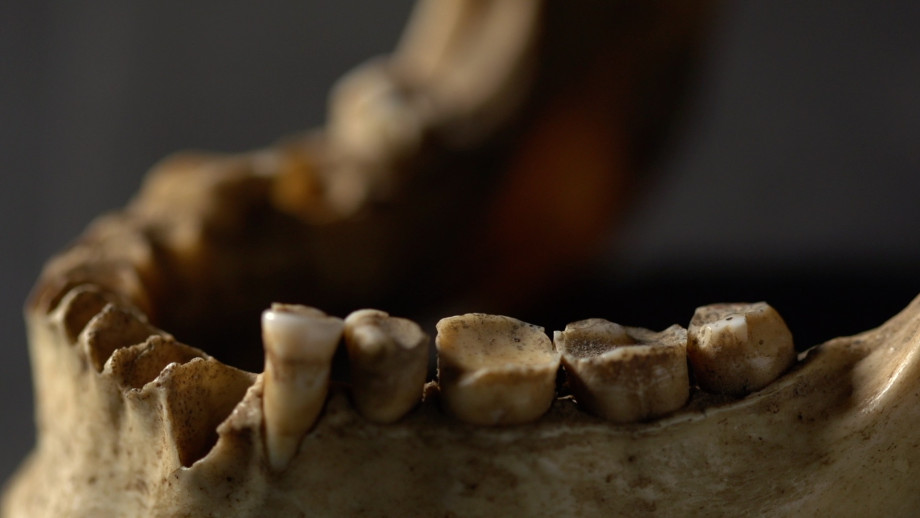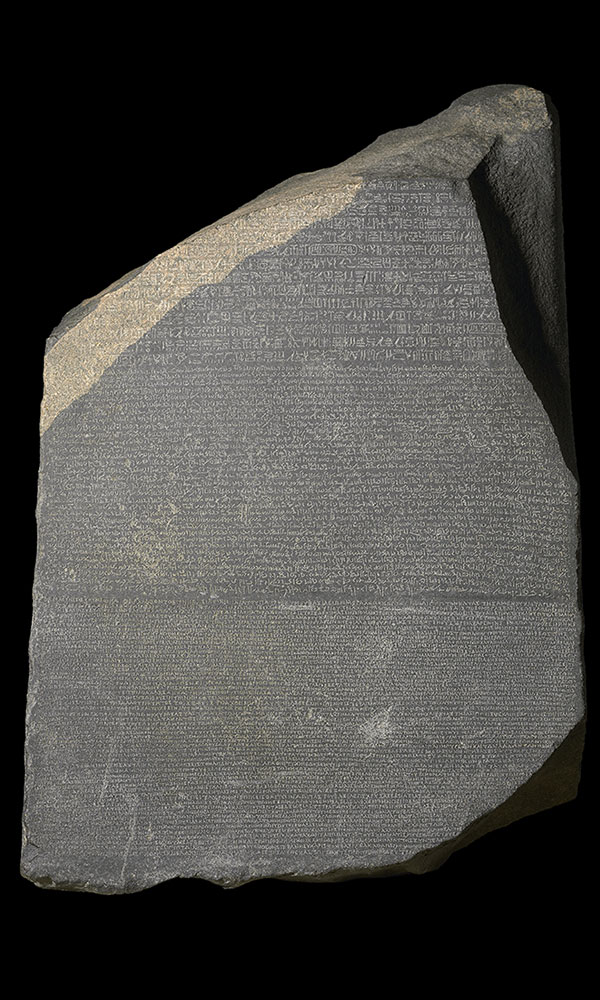
CANBERRA, AUSTRALIA—According to a Radio New Zealand report, Christine Cave of Australian National University has developed a technique to determine how old people were when they died, based upon the wear and tear on their teeth. She said that it is difficult to determine a person’s age after 50 based upon an examination of skeletal remains. “You could have two old people who are the same age, and one is crippled with arthritis and can’t move, while the other runs a marathon every week—so there’s a great variation,” she explained. Cave examined the teeth of more than 300 people who had been buried in Anglo-Saxon cemeteries in England between A.D. 475 and 625. She found several who may have lived to be at least 75 years of age, and she suggests that most people who lived so-called traditional lives may have reached the age of 70. The new technique could help scientists better understand what life was like for the elderly in antiquity. For more, go to “The Case of the Missing Incisors.”











